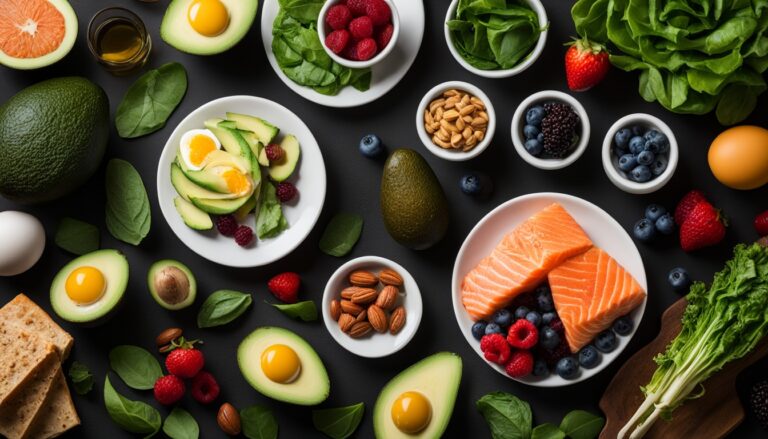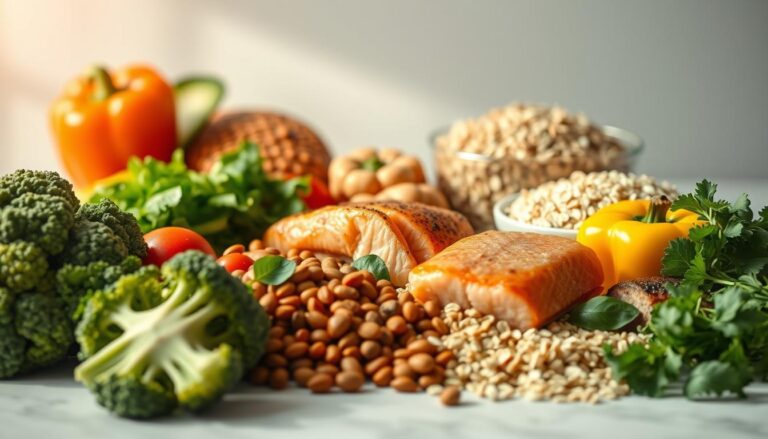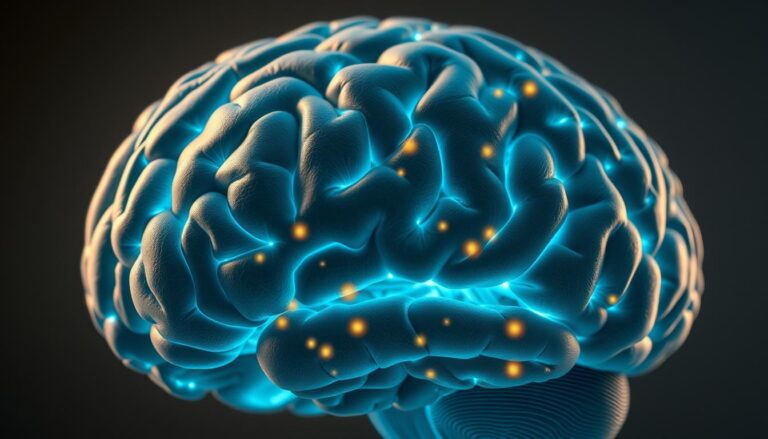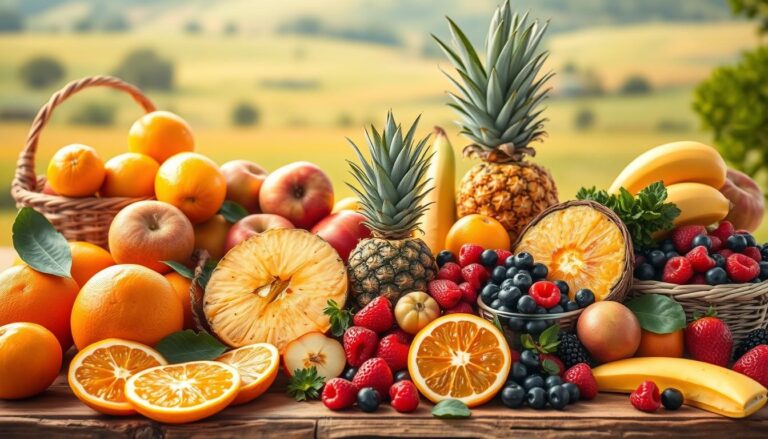Did you know that small dietary changes could slash your risk of recurring kidney stones by half?
With 1 in 10 Americans affected understanding the right diet plan is crucial for prevention and management.
Research from the National Kidney Foundation shows that hydration sodium control, and strategic food pairings like combining calcium rich foods with high oxalate options can significantly reduce stone formation. The type of stone such as calcium oxalate or uric acid also dictates dietary adjustments.
Nephrologists often recommend the DASH diet a balanced approach backed by science. Whether you’re newly diagnosed or managing recurrence, these evidence based strategies can make a real difference.
Key Takeaways
- Diet impacts recurrence rates by up to 50%.
- Hydration and sodium reduction are critical.
- Pair calcium with oxalate-rich foods to minimize risk.
- Tailor your diet to your specific stone type.
- The DASH diet is a trusted framework for prevention.
Understanding Kidney Stones and Diet
Over 2.5 million Americans visit ERs yearly due to painful mineral deposits in their urinary system. These kidney stones form when urine becomes oversaturated with minerals like calcium and oxalate. The National Institute of Diabetes and Digestive and Kidney Diseases confirms concentrated urine triggers crystal growth.
Here’s how crystallization occurs: calcium binds with oxalate or phosphate in the urinary tract. This creates sharp formations ranging from sand grains to golf ball sized masses. Kidney stone formation risk increases when urine lacks inhibitors like citrate.
Statistics reveal a gender disparity 19% of men develop stones compared to 9% of women. Without diet changes, 50% of patients experience recurrence within 5-7 years. Maintaining proper urine chemistry is crucial for long term health.
Urine pH significantly influences stone type. Acidic urine pH below 5.5 promotes uric acid crystals, while alkaline urine encourages other formations. A 2025 Johns Hopkins study showed targeted diet adjustments reduce recurrence risk by 32%.
Preventive nutrition strategies can disrupt the crystallization process before painful symptoms occur.
Types of Kidney Stones and Their Dietary Triggers
Three quarters of all kidney related mineral deposits stem from calcium oxalate stones. What you eat directly influences their formation whether through oxalate overload or purine metabolism. Recognizing these triggers helps tailor prevention.
Calcium Oxalate Stones
These account for 75% of cases, per the American Urological Association. Oxalates in foods like spinach 755mg/cup bind with calcium in urine, creating crystals. Pairing high oxalate foods with calcium rich options cuts absorption by 40%.

- Spinach, rhubarb, and almonds high oxalate
- Sweet potatoes and chocolate moderate oxalate
A Johns Hopkins study found drinking milk with spinach reduces oxalate uptake. Balance is key.
Uric Acid Stones
Linked to acidic urine, these affect gout patients 89% more often. Purines in animal protein break down into uric acid. Anchovies 411mg purines/100g and liver are major culprits.
Avoid these to lower risk:
- Organ meats and sardines
- Beer and meat gravies
Purine metabolism shifts urine pH, creating ideal conditions for uric acid crystals.
Proper Nutrition for Kidney Stone Patients: What to Eat and What to Avoid?
Science reveals four dietary pillars that dramatically lower crystallization risks.
A diet plan focusing on hydration calcium balance oxalate control, and sodium restriction can cut recurrence odds by nearly half. The New England Journal of Medicine confirms the DASH diet’s 45% risk reduction outperforming standard USDA recommendations.
Hydration is the cornerstone. Aim for 2.5–3 liters of fluids daily to dilute urine. Pair this with 1,000–1,200mg of calcium from dairy or fortified foods. Contrary to myths low calcium intake increases stone risk by boosting oxalate absorption.
Oxalate management doesn’t mean elimination. High oxalate foods like spinach are safe when eaten with calcium rich options. A 2025 study showed this pairing reduces oxalate uptake by 40%. Portion control matters limit servings to ½ cup for high-risk items.
- Essential nutrients: Citrate lemons, magnesium nuts, potassium bananas
- Meal timing: Consume dairy with oxalate heavy dinners
- Sodium limit: Under 2,300mg/day to curb calcium leakage into urine
The DASH framework isn’t just for blood pressure it reshapes urine chemistry to prevent kidney stones.
Compare standard and kidney friendly plates: While typical diets allow 3,500mg sodium, targeted dietary changes slash this by 30%. Replace processed snacks with citrus fruits boosting citrate levels naturally. These tweaks align with USDA guidelines while addressing stone specific risks.
Foods to Eat for Kidney Stone Prevention
Smart food choices can transform your urinary health and reduce mineral buildup. Research shows certain foods actively combat crystal formation by altering urine chemistry. Focus on these three categories to build a protective diet.
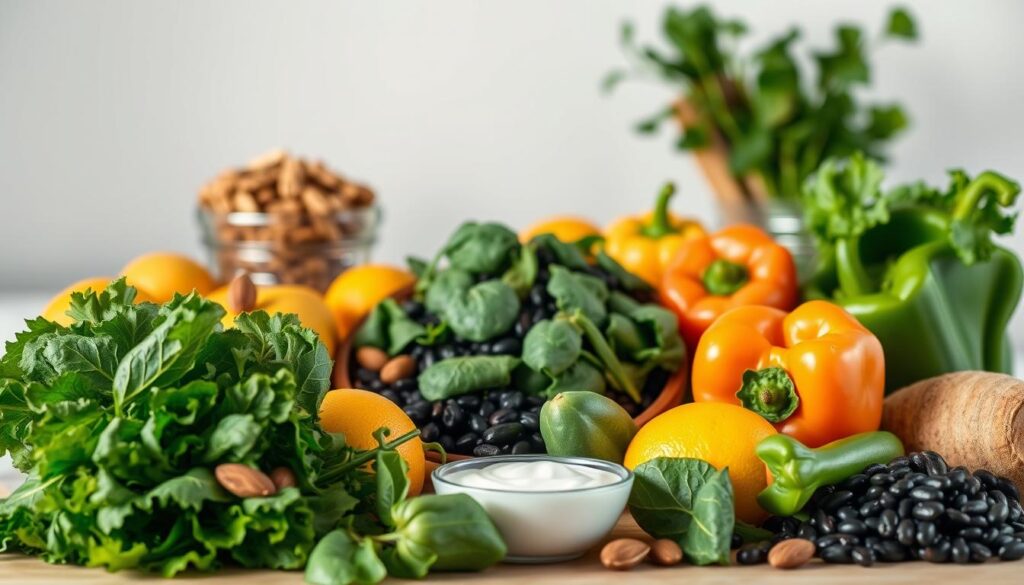
Calcium-Rich Foods
Contrary to outdated advice, calcium doesn’t cause stones it prevents them. NIH studies confirm low calcium intake increases oxalate absorption by 20%. Aim for 1,000–1,200mg daily from these sources:
- Yogurt 415mg per cup
- Tofu 434mg per ½ cup
- Fortified almond milk 450mg per cup
Pair dairy with high oxalate meals to neutralize risks. For lactose intolerance try bok choy or figs.
Citrus Fruits and Hydrating Foods
Lemons and oranges boost citrate levels, a natural urine inhibitor. A Urology Journal study found 2oz lemon juice daily raises citrate by 39%. Try this recipe:
Mix 2oz fresh lemon juice with 6oz water consume twice daily for optimal citrate benefits.
Rank citrus by citrate content:
- Oranges
- Grapefruit
- Limes
Plant-Based Proteins
Swap animal proteins for plant based proteins to lower purine intake. Lentils and quinoa provide essential amino acids without acidic byproducts. Compare protein content per serving:
| Food | Protein g | Purines mg |
|---|---|---|
| Tempeh | 16 | Low |
| Chicken breast | 26 | Moderate |
For variety, try chia seed pudding or soy-based stir-fries twice weekly.
Foods to Avoid to Reduce Kidney Stone Risk
Certain everyday foods might be silently increasing your risk of painful mineral deposits. Research confirms that eliminating key triggers like high sodium foods and specific animal proteins can lower recurrence rates by 30%. Here’s what to cut back on.
High Sodium Foods
Excess salt forces calcium into urine accelerating crystal formation. The FDA warns that processed items often hide shocking sodium levels:
- Canned soup 1,300mg per cup
- Fast food burgers 1,690mg each
- Deli meats up to 1,050mg per 3 slices
Swap these with low sodium alternatives:
| Avoid | Choose Instead | Sodium Reduction |
|---|---|---|
| Pretzels 450mg/oz | Unsalted almonds | 100% |
| Instant oatmeal 230mg/pack | Steel-cut oats | 90% |
High-Oxalate Foods
While not all oxalate rich foods need elimination, portion control matters. Boiling spinach reduces oxalate by 30%, per 2025 USDA data. Categorize risks:
- High (>50mg): Potato chips (141mg/oz), beets
- Moderate (10–50mg): Peanuts, raspberries
Animal Proteins and Sugary Drinks
The American Urological Association caps animal proteins at 6oz daily for men. Worst offenders:
- Bacon (3oz = 1,275mg purines)
- Corned beef (high in nitrates)
Sugary drinks like cola increase stone risk by 23%, according to the Nurses’ Health Study. Opt for herbal teas or lemon water instead.
The Role of Hydration in Kidney Stone Prevention
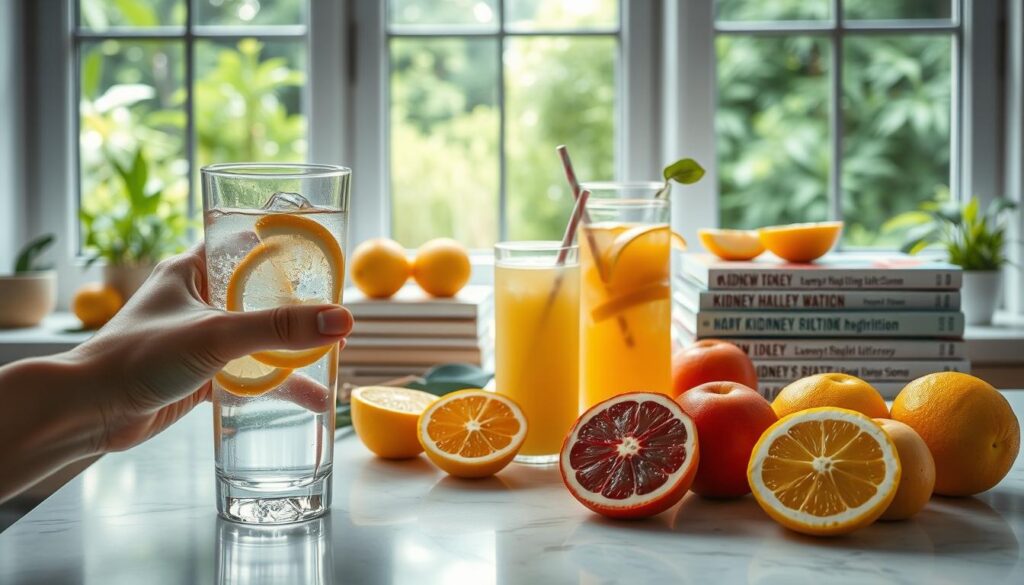
The color of your urine holds clues to preventing crystal formation. Pale yellow indicates optimal hydration, while darker shades signal the need for more water intake. Aim for 2.5 liters daily about twelve 8-ounce glasses to maintain dilute urine that discourages mineral buildup.
Alcohol dehydrates the body dramatically. Just three drinks can spike kidney stone risk by 34%, as shown in a 2025 urology study. Replace cocktails with herbal teas or coconut water, which provide electrolytes without dehydration effects.
Patients who track fluid intake via smartphone apps show 28% better hydration consistency than those relying on thirst alone.
Adjust your water needs based on activity and climate. Hot environments may require 25% more fluids. Use this simple calculation:
- Weight lbs ÷ 2 = Minimum ounces per day
- Add 12oz for every 30 minutes of exercise
Not all fluids hydrate equally. Compare options:
| Beverage | Hydration Score | Notes |
|---|---|---|
| Water | 100% | Gold standard |
| Coconut water | 95% | Adds potassium |
| Herbal tea | 90% | Caffeine free |
While hydration prevents stones, excessive water intake can cause hyponatremia. Symptoms like nausea or confusion signal electrolyte imbalance. Space fluids evenly throughout the day rather than consuming large volumes at once.
Monitor progress by checking urine color midday it should resemble light lemonade. Darker tones mean you’re behind on fluids, while completely clear may indicate overhydration. This simple visual check helps prevent kidney issues before they start.
Practical Tips for a Kidney Stone Friendly Diet
Transforming your eating habits doesn’t require drastic measures just strategic tweaks. A Journal of Urology study found food journaling alone can reduce risk of recurrence by 29%. Start with these actionable steps.
Smart Grocery Shopping
Follow this 5-step checklist:
- Choose fresh produce first citrus fruits and leafy greens
- Pick low-sodium canned goods (≤140mg per serving)
- Select plant proteins like lentils over processed meats
- Add calcium-rich dairy or fortified alternatives
- Avoid center aisles where salty snacks lurk
Patients who tracked meals for 30 days showed significant improvement in urine citrate levels.
Kitchen Essentials
Equip your space with:
- Oxalate test strips checks spinach, nuts
- Herb infuser bottles for flavored water
- Portion control containers ½ cup for high-oxalate foods
Dining Out Strategies
Navigate menus like a pro:
| Cuisine | Order This | Avoid That |
|---|---|---|
| Italian | Grilled fish with lemon | Cured meats |
| Mexican | Black bean tacos | Chorizo |
Always request dressings and sauces on the side.
3-Phase Implementation
- First 30 days: Track fluid intake and two dietary changes
- Days 31-60: Introduce oxalate testing and weekly meal prep
- Days 61-90: Maintain habits while expanding food variety
Use urine pH strips weekly to monitor progress. Hydration apps like WaterMinder help prevent lapses by sending reminders throughout the day.
Conclusion
Managing kidney stones effectively hinges on three pillars: staying hydrated, balancing calcium with oxalates, and cutting sodium. These simple yet powerful diet tweaks can slash recurrence risk by up to 65% when followed consistently.
For lasting results, view these changes as lifelong habits rather than short term fixes. Schedule a 24-hour urine test to pinpoint your specific formation triggers and consult a renal dietitian for personalized guidance.
Tap into trusted resources like the National Kidney Foundation’s hotline or USDA’s nutrition database. With commitment, you can protect your urinary health and enjoy a stone-free future.
